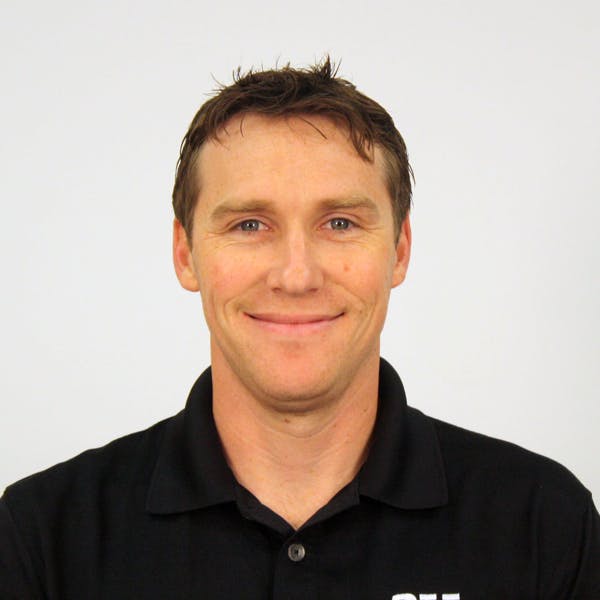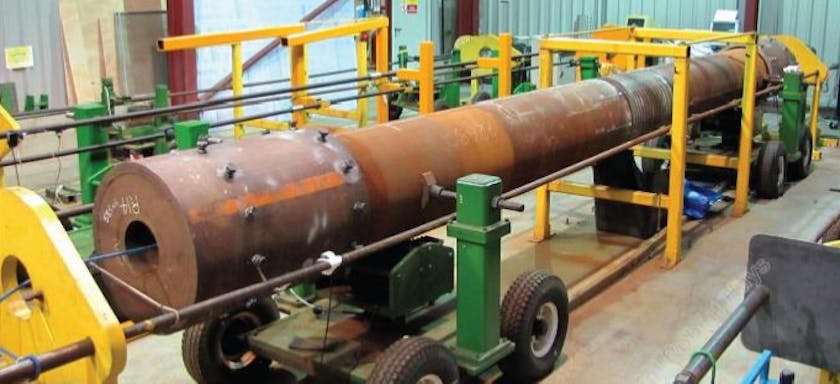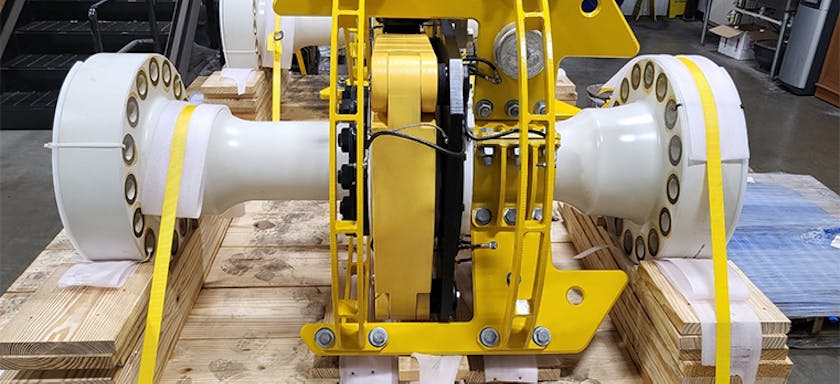Deepwater Production TTR Design
EVENT: OMAE
1 Jun 2014
As the majority of “easy access” reservoirs have been discovered, deep water exploration and production is at the forefront of the Oil & Gas industry. Operators have utilized Top Tensioned Riser (TTR) systems in deepwater on Spar and TLP platforms and are now well established in the US Gulf of Mexico (GoM), West Africa and Asia.
However, new reservoirs, particularly in the US Gulf, will be discovered in ultra-deep water (~10,000 ft) with high pressure (HP) (>15 ksi) and high temperature (HT) (>284 ºF). In such conditions, the criticality and complexity of a production TTR system is significantly increased. This paper addresses key design issues and considerations including wall thickness sizing, material selection, manufacturing capabilities, interface management and qualification testing.
Authors

Ricky Thethi
Global Director, UK

About
Ricky is a Global Director based in 2H's London office having relocated from Houston in 2019 after spending almost 20 years in 2H’s Houston office as part of the management team.
Ricky is responsible for globalising the company’s integrity engineering capability and business across all of its offices in both the oil and gas and offshore wind sectors. One of his current focuses is digital transformation, including the use of machine learning and automation technology to improve the speed and accuracy of structural analysis, integrity monitoring and life extension.
Ricky obtained his degree in civil engineering with first-class honours from the University of Surrey in the UK, and is a fellow and Chartered Marine Engineer of the Institute of Marine Engineering, Science and Technology.
Insights

Daniel Reagan
Principal Engineer

About
Daniel has over 18 years’ experience in deep water riser design, manufacturing, testing, supply, offshore installation and inspection. He has extensive experience in global riser analysis, riser system strength and fatigue evaluation and spent several years designing, supplying and installing monitoring systems for top tensioned risers, steel catenary risers, subsea jumpers, manifolds and tensioner systems.
His current focus is managing the design, manufacturing, quality, testing and delivery of subsea hardware, of which he has personally overseen the delivery of more than $75M of subsea equipment. As well as subsea equipment delivery management, he has been involved in several specialty subsea NDE inspection campaigns including the development, testing and offshore inspection of critical subsea infrastructure. As the offshore installation lead on numerous projects, he has been involved with multiple subsea systems working with operators and drilling contractors to install equipment in accordance with procedures and safe working practices.



